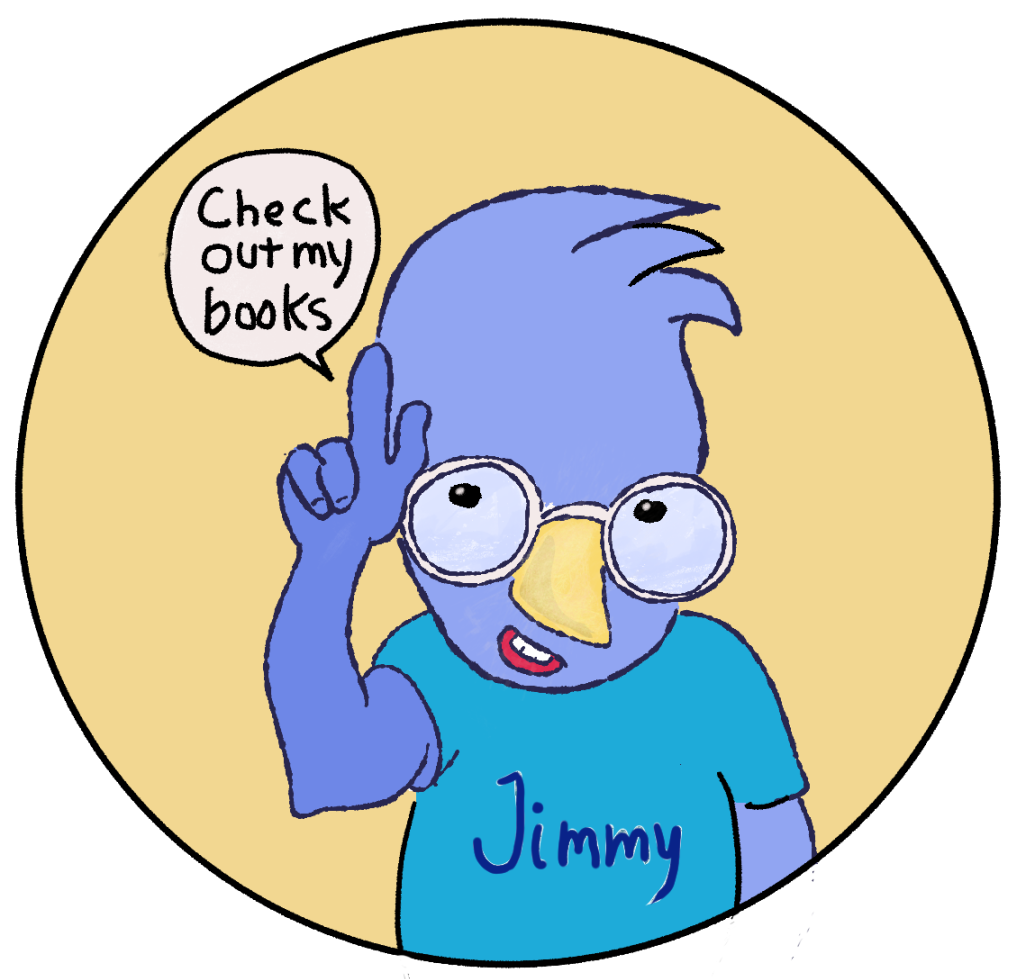Mysterious artifacts in inDesign PDF export
/At every phase of this project there have been unexpected problems. Actually, all of my problems are unexpected because this is the first time I’ve every tried to create a picture book. In my mind, I thought I’d be finished four months ago. A seasoned pro would have experienced these growing pains enough times to be able to sidestep them and deal with bigger unanticipated problems, such as how to deal with movie deals, book tours, Internet fame, and how to invest all of the money that’s piling up in their bank accounts.
In the meantime, I’ve got to figure out how to get a clean export out of inDesign. I’m using a stroke on the text to create a bubbly text bubble, but there are some transparencies no matter how large I make the stroke. And, if a “y” is on the line above a tall character like a “d”, its descender is covered. I’ll have to tweak this some more tomorrow.

